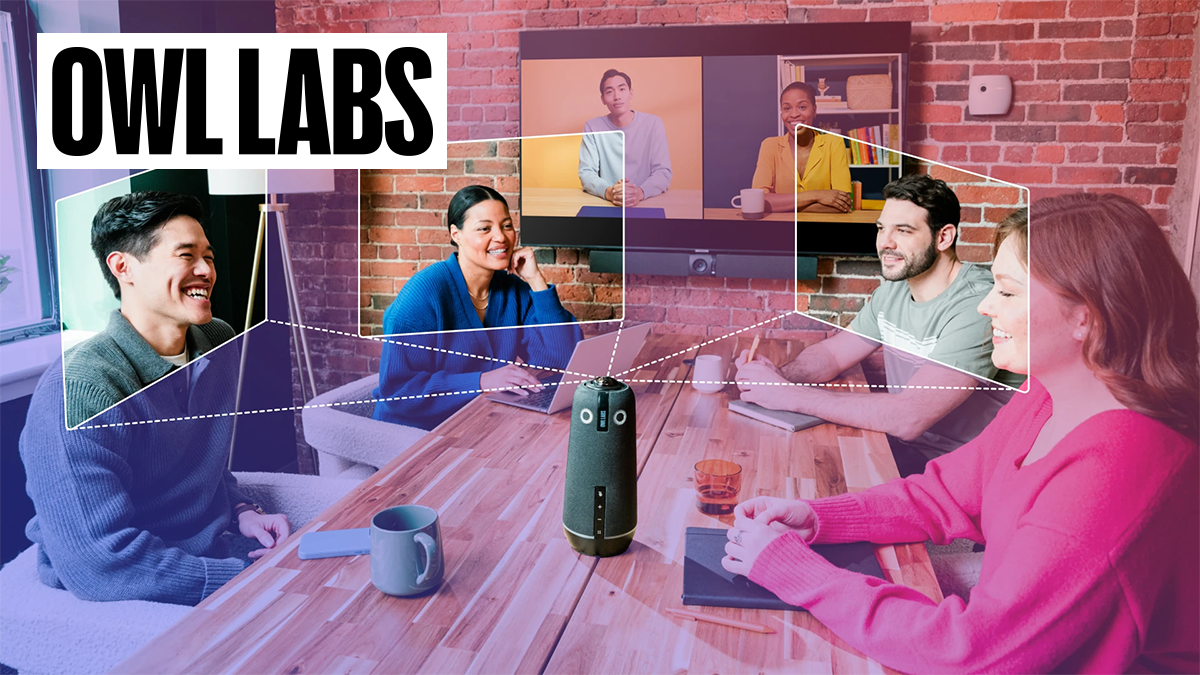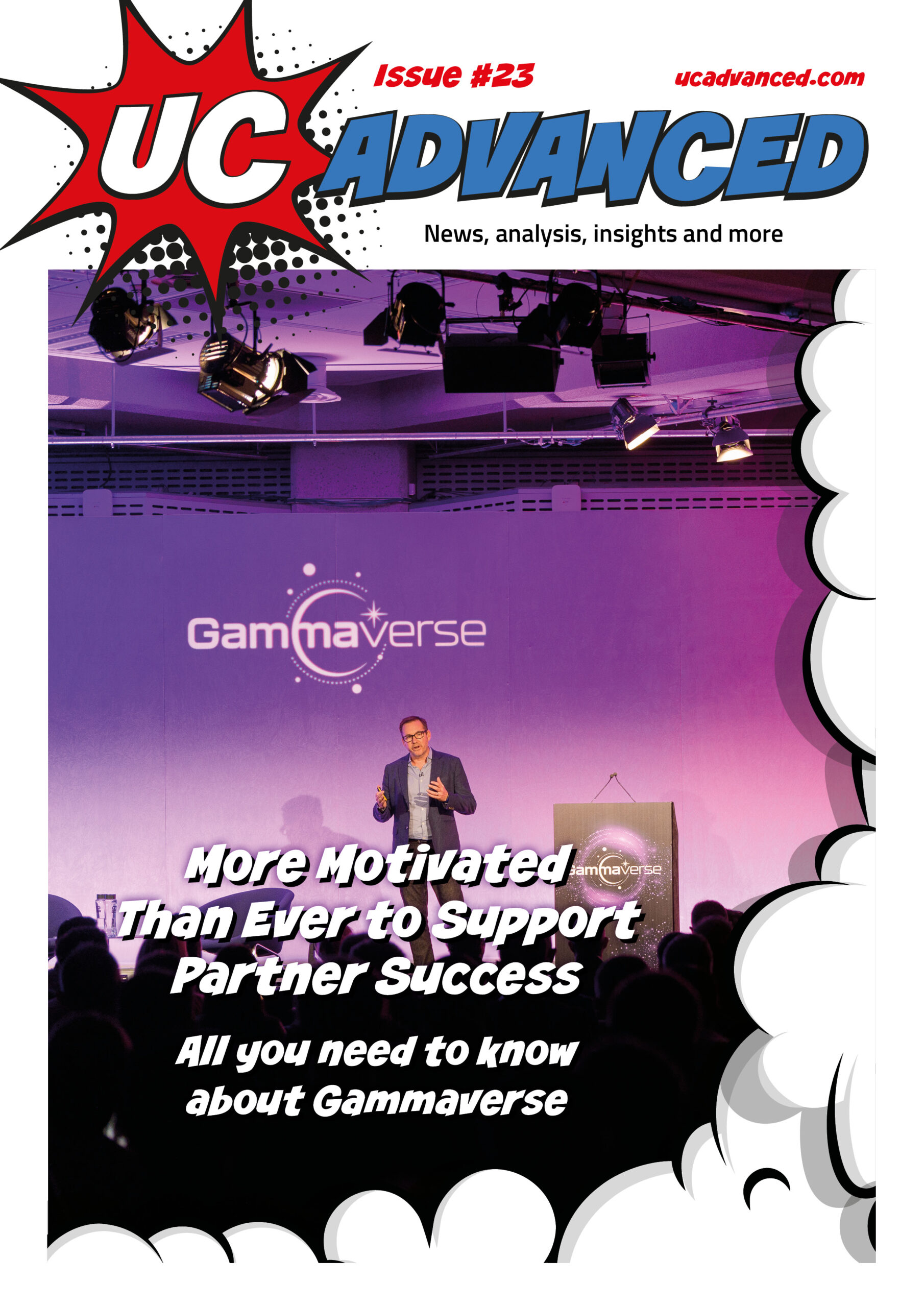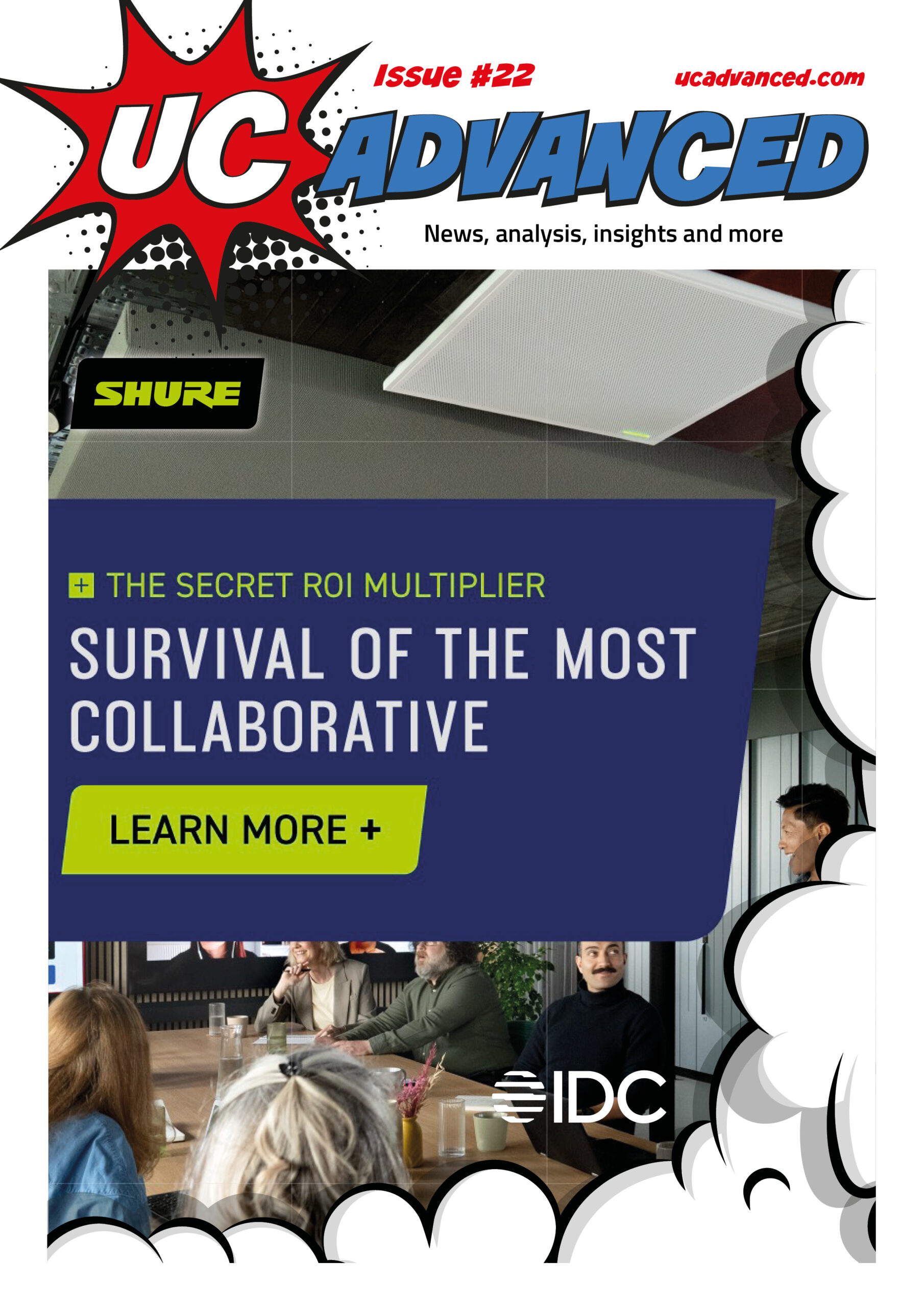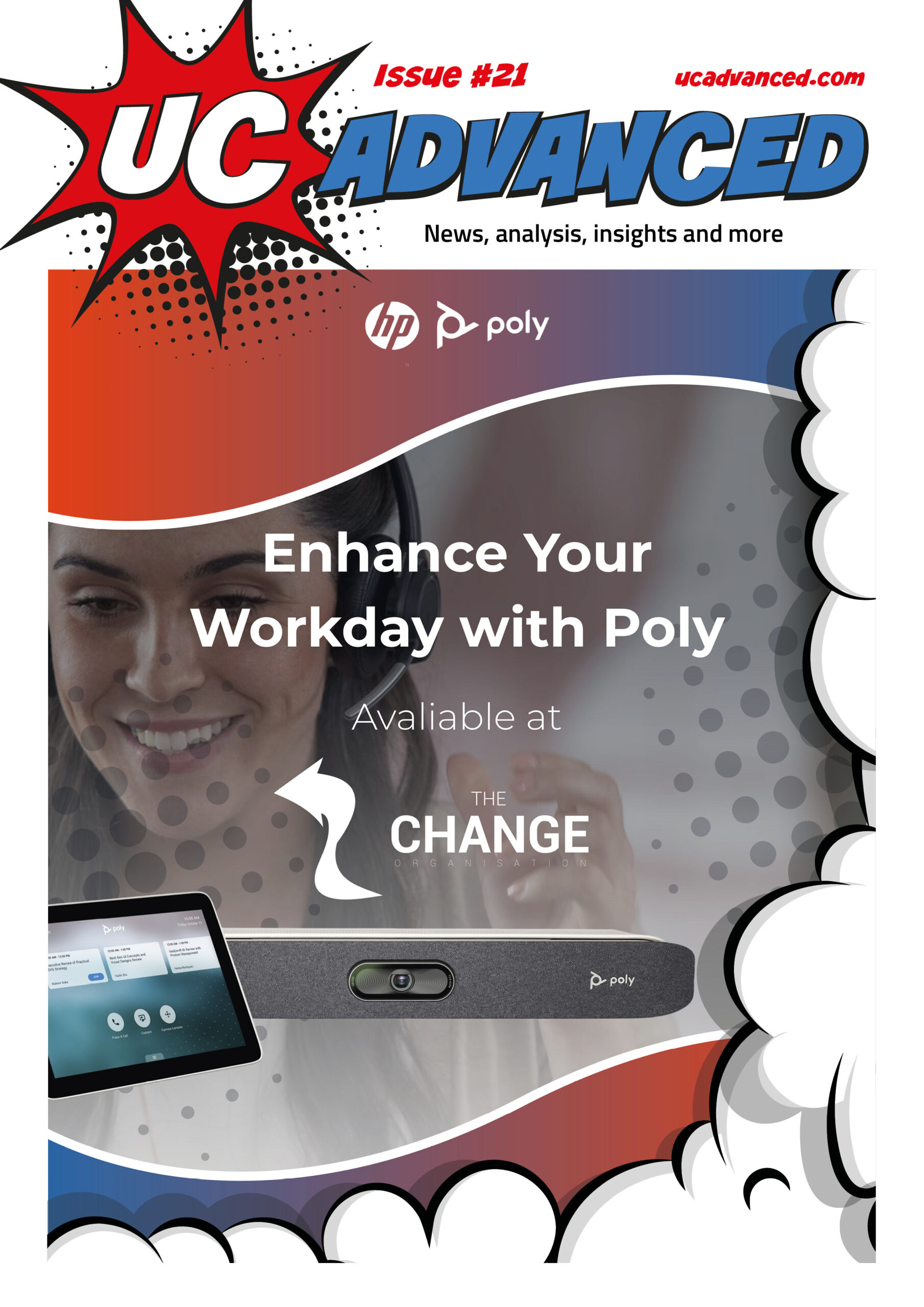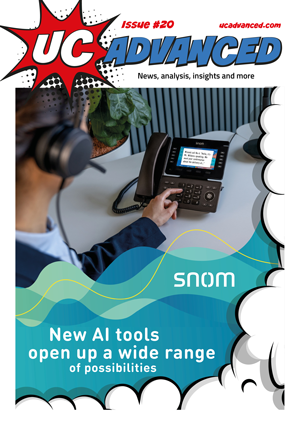Recently the team at Owl Labs commissioned their 8th annual State of Hybrid Work report, shining a light on some work trends we suspected and some we knew nothing about, some habits we were convinced our fellow workers were doing but we didn’t have the proof, and quite frankly some phrases that are bound to get our tongues in a twist and probably make it into an English dictionary in the near future.
First thing to say is, thank you Frank (and Mark & Max)! Frank Weishaupt is the CEO of Owl Labs, heading up a dynamic team creating award-winning video conferencing technology for remote and hybrid teams. Owl Labs also offer tools and templates to help with remote working too, and having commissioned the State of Hybrid Work report research through Vitreous World it makes for some interesting reading. A shout out to Max and Mark too, co-founders of Owl Labs, for bringing us the first Meeting Owl, and then Meeting Owl Pro – magnanimously named one of TIME’s 100 Best Innovations in 2020. You may still have one of these devices designed by Max Makeev and Mark Schnittman, but if you’re thinking Meeting Owls, then say hello to Meeting Owl 4+ and Owl bar.
As far as Owl Labs State of Hybrid Work report is concerned, whether you are an employee or an employer you will be able to associate with some of the behaviours and terms uncovered, and find yourself relating to some, or most, of the trends found in the workplace today – so here is a whirlwind tour.
Coffee Badging
Popular with 39% of workers still participating in this trend, with 64% admitting they’ve been caught by their employers.
What is it? Coffee badging is when employees enter the office building briefly, tapping in with their identity badge, grab a coffee or mingle with colleagues before leaving to work the rest of the day from home.
Polyworking
Nearly 1 in 4 workers (24%) are polyworking.
What is it? Polyworking is the art of juggling multiple jobs, projects or roles concurrently. This could range from a simple side hustle to an additional full-time job.
Clock Blocking
63% of workers say they “clock block” to protect their time.
What is it? Employees block off time in their calendars to protect it from meetings.
#WorkTok
What is it? a TikTok hashtag that allows users to share content about their work experiences, including both positive and negative aspects. Popular among younger generations, especially Gen Z, which has led to more open discussions about workplace expectations and employee engagement.
Some Key insights:
According to the report, half of us are working in a hybrid format – 51%, up from 46% in 2023. Just over 1 in 3 of us are unhappy with our current employment: 35% of workers are actively looking to change jobs, which is up from 28% in 2023. Out unhappiness in our work life may be related to work anxiety – it’s on the rise with 38% saying their stress levels increased compared to last year. Some of the employee angst might be attributed to feelings on being monitored – 38% of workers said their company added or increased use of employee productivity or activity software in the past year, however we somehow are managing to fit in the phenomenon of workcations or “quiet vacationing”, with 55% of employees ably working remotely from places besides a home office or coworking space.
We are venting too: over a quarter (27%) of workers have posted about their job or employer negatively on social media. Employees do have legitimate issues to vent about, hybrid workers say they spend an average of £26 more per day when they work from the office versus remotely, and surprisingly 38% of workers said their employers’ or colleagues’ political opinions make them not want to go into the office.
One of the issues surrounds shifting working policies: 1 in 4 workers (26%) said their company changed its remote or hybrid working policy in the last year, and it appears employees are also setting their own, with nearly 1 in 5 workers (19%) instilling greater boundaries by not taking on work outside of their specific job descriptions.
Some Key Takeaways
1 Hybrid is here to stay
51% of the survey respondents were hybrid working, and it is on the increase – up 10.8% from last year – so much for Mr. Jassy from Amazon’s order to staff to return to the office 5 days a week. Whether that’s one day a week or 4 days a week – we’re hybrid working. And we’re going to need UC&C tools to facilitate that hybrid working.
2 Show me the Money
17% of workers surveyed stated that they would expect a pay increase if they could no longer work in a hybrid or remote setting. Those respondents also went on to state that if they lost their hybrid work privileges 28% would look for another job that offered flexibility over where they work and, and 18.7% stated they would look for a job that offered more flexibility over when they work.
Whilst we are on the subject of money and expenditures, respondents felt that £34 was the average cost a hybrid worker spent daily in the office, and £26 was the daily savings a hybrid worker made when working at home. How did the respondents arrive at £34 you may ask: well, it was on average £12 for the commute, £5 for the parking, £7 for breakfast and coffee and £10 for lunch.
There are always two sides to this age-old story of salary and salary sacrifices. The employer might argue that by allowing the employee to work in a hybrid scheme, they have already had a salary increase of £26/day, however the employee might feel that rising costs have offset those benefits, and certainly with a large percentage of the workforce – 47% – prepared to withdraw their skills for more flexible working arrangements HR Managers are in a conundrum.
Bottom line? By and large, and every company is different, talented and skilled workers are attracted to hybrid and flexible working conditions, and if employers cannot or will not offer such conditions then expect to pay your employees more to attract them back into the office.
3 Outdated technology is Out
Hybrid meetings using outdated technology are causing major frustrations in the workplace. The report gives a detailed breakdown of these frustrations, but criticisms ranged from employees feeling left out and disengaged, missing visual clues and losing time due to technical difficulties.
So c’mon IT managers and budget holders, invest in some updated and really good quality UC&C tools to keep your workforce productivity and happiness at optimum levels.
4 That’s just the way it is – not!
Workers have begun to question the concept of “the way it’s always been” and haven’t been afraid to share these sentiments. Many employees (66%) believe their employer is requiring them to work from the office because that is “how it’s always been done”, up from 52% in 2023. Resisting hustle culture is another shifting attitude, with nearly 1 in 5 workers (19%) instilling greater boundaries by not taking on work outside of their specific job descriptions and about 20% won’t answer company communications outside of work hours.
Wise words from Frank
The Owl Labs report is packed full of insights and worth a thorough read as it is an exceptionally good reflection of working habits and trends, and changing attitudes. UC Advanced were in the privileged position to ask Owl Labs’ CEO, Frank Weishaupt, some questions:
How important is communication technology in creating an effective home working environment and how can this technology help to overcome the challenges home workers face?
Frank stated: “Given that over half (51%) of UK employees now work in a hybrid setting – up 5% from 2023 – collaborative technology that effectively facilitates communication, asynchronous working, creativity and work-flow in a hybrid team is an absolute must for any company that wants to create a productive work environment. This means not only having a robust tech stack in the office, but ensuring employees have the correct setup at home that is intuitive and easy-to-use to fully take part in day-to-day company life, regardless of their location.
A particular challenge faced by home workers that can be supported through technology is that of meetings. Meeting pain points range from technical difficulties to missing parts of conversations, either auditory or visually. Inefficient tech that’s not set up effectively for hybrid meetings can waste valuable amounts of time and cause unnecessary frustrations. About 3 out of 4 of workers (75%) said they’ve lost time and started meetings late due to technical difficulties, and 72% struggle to see everyone’s faces, and therefore miss visual cues and feel less included and impactful during hybrid meetings. An easy solution for companies looking to engage all their workers, regardless of location, is ensuring their video conferencing stack allows for engaging hybrid meetings.”
Your State of Work study notes that 54% of managers prefer in-office opinions over remote ones. How can Owl Labs’ technology mitigate this bias and ensure that remote voices are heard equally?
Frank stated: “As flexible working increases in popularity, managers are under increasing pressure to not only manage hybrid expectations from their team effectively, but to manage any real (or perceived) internal proximity-bias. Almost half (46%) of UK workers are still concerned that those in a hybrid work setting miss out on impromptu feedback.
Companies must, therefore, invest not only in a tech stack that facilitates collaborative and asynchronous communication for hybrid teams, but in sufficient training for their team. This should include management training so that they have the skills to manage individuals regardless of location, as well as team training on best-practice for working, communicating, and career progression in a hybrid work environment.”
With hybrid work on the rise, how do you foresee attitudes towards office work changing over the next ten years?
Frank stated: “The cultural narrative around work is changing. Workers are less likely to accept out-dated and inflexible working arrangements based solely on traditional precedent. Whilst there has been a flurry of high profile company return-to-office mandates recently, 1 in 2 workers (51%) are currently working in a hybrid format, up five percent from 2023.
As the new UK Government pledges the right to switch off, it’s clear that the UK workforce is turning its back on traditional working patterns. The 4-day work week concept still remains popular with UK workers, with 32% saying it would be one of the most-appealing policies when looking at a prospective employer, second only to flexible working hours (35%).
As the workplace continues to evolve, we can expect a far more nuanced, flexible and individual-needs focused approach to work. Whilst there will always be a desire and need for office-based work in some professions and industries, hybrid and flexible working will continue to become the norm, with companies that don’t keep up left to face a mass exodus of employees.”
Wise words indeed, what’s the action plan?
Here at UC Advanced, we like to give our 2p worth, so here it is. Hybrid is here, and it’s highly unlikely to ever go away. Effective collaborative technology is crucial for facilitating communication, creativity, and workflows in hybrid teams. Employees require an intuitive and easy-to-use setup at home to participate fully in company activities, regardless of location. Employees considered “good” and “great” are worth holding onto, so try not to frustrate and disengage them with poor equipment – they’re at their most productive when they’re happy, engaged, and can make meaningful contributions and feel valued, so invest in reliable collaborative tools. Where necessary, upgrade or update technology, so that it incorporates the latest features and security improvements. Consider inclusive meeting practices, such as using features like chat functions, to mitigate proximity-bias, and train both managers and teams to ensure they have the skills needed for successful hybrid work dynamics. Enhancing employee satisfaction does reduce staff turnover.
And to those employees who are polyworking or coffee badging – you will most likely be caught one day, so be ready with your responses.



